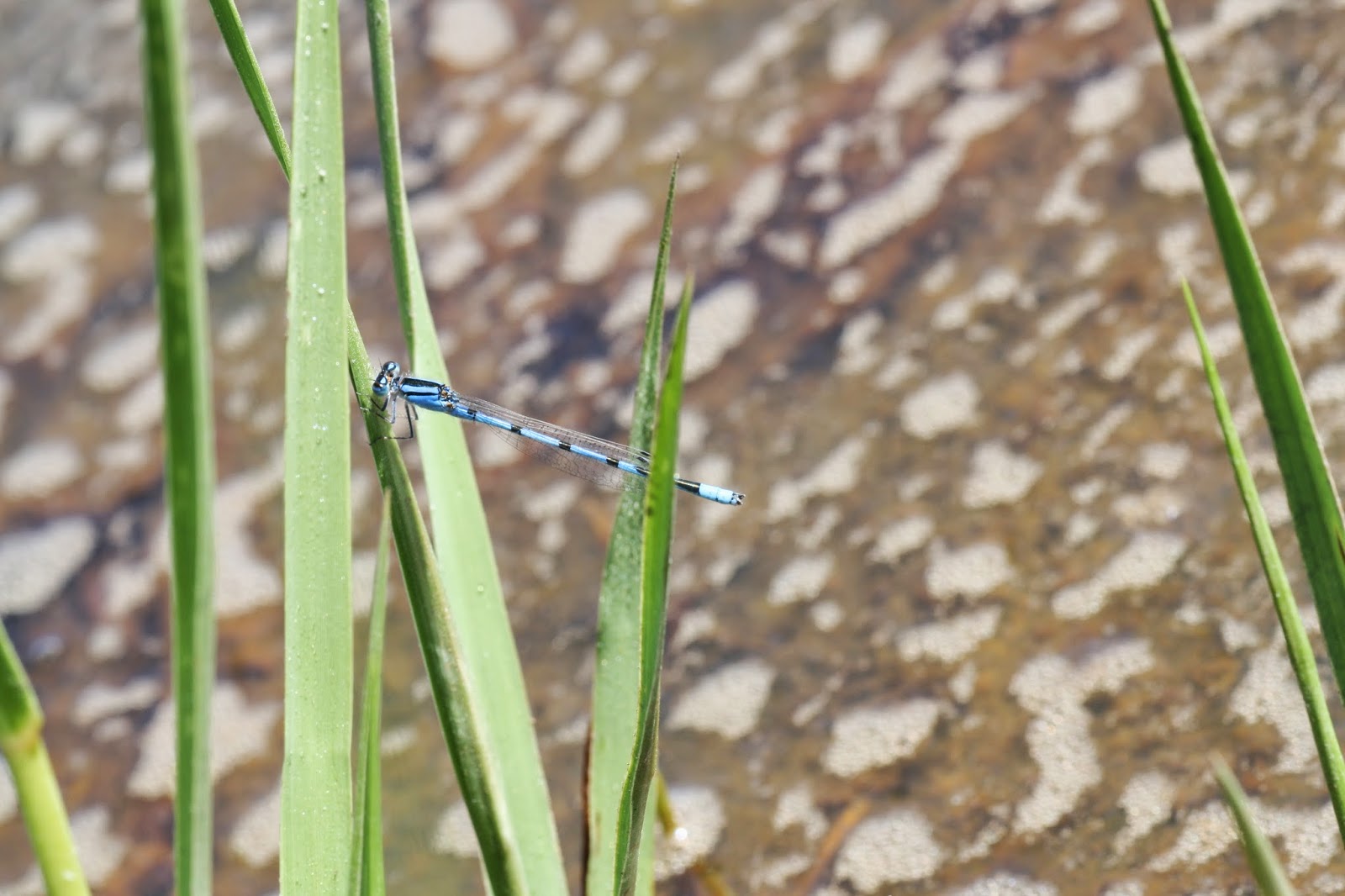 Meadowhawks (Sympetrum)
dragonflies are aptly named for their hunting habitat and speed. These are
freshwater species that prefer open meadows for the darting forays after small
flying insects. Adult males are striking ruby red.
Meadowhawks (Sympetrum)
dragonflies are aptly named for their hunting habitat and speed. These are
freshwater species that prefer open meadows for the darting forays after small
flying insects. Adult males are striking ruby red.
The presence of this hunter wasn’t sufficient to deter a
common denizen of the salt marsh from attack. The eastern salt marsh mosquito (Aedes sollicitans) can easily make any visitor
to it haunts miserable. These mosquitoes are usually present in large number
and attack in swarms, day or night. Although handsomely covered with stripped
pattern, fully blooded mosquitoes look like little red gemstones ingesting
approximately their own weight in blood (i.e. the equivalent of a full grown
man drinking a 20 gallon smoothie).
In bug world, red can also mean “danger, poison!” Argus
Tortoise Beetle (Chelymorpha cassidea)
is cute looking lady beetles alike. However, it belongs to a different family,
leaf beetles (Chrysomelidae). Similarly to lady bugs, the red color of Argus
tortoise beetles warns potential predators, mostly birds, that this particular
morsel is inedible. The beetles contain toxins derived from its host plants
from the morning glory family (Convolvulaceae). The plants produce indole
alkaloids toxic to animals. Hedge bindweed (Calystegia
sepium) is found on the upper edge of the marsh and probably serves as food
sources for Argus Tortoise Beetle.




























